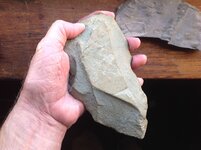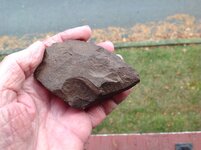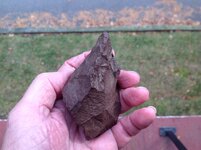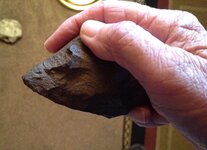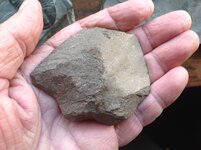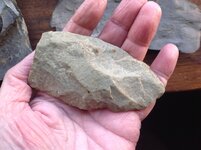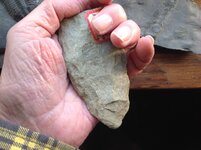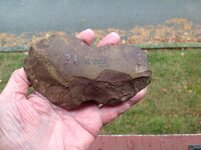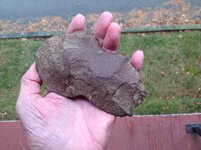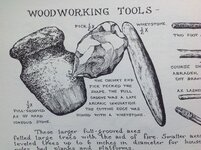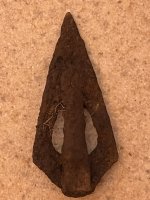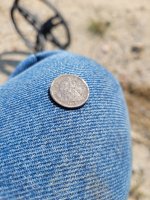Charl
Silver Member
I'm lucky in living in an area where ancient soapstone or steatite quarries were abundant, and, as a result, the wife and I have found many soapstone sherds, a partial bowl that I reassembled, a few soapstone bowl blanks, and quite a few pipe forms. Also, quite a few crude tools that were used to both quarry soapstone and work the finished products.
This photo was taken at one of the quarry sites. It shows bowl forms still attached to the soapstone ledge...
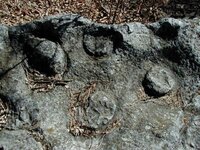
This illustration gives you an idea of how the bowls were created:
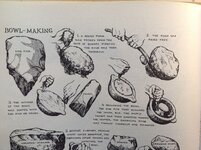
Here is one of the bowl forms, found in a corn field located a few miles, as the crow flies, from the largest quarry in the area. This was probably going to be a shallow dish, and who can say why it was abandoned:
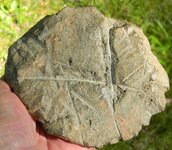
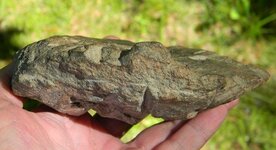
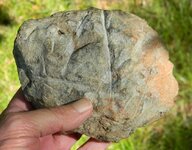
The end pick was a crude tool, fashioned quickly, and likely worn out just as quickly, and used to quarry soapstone, as well as craft the finished products of the soapstone industries:
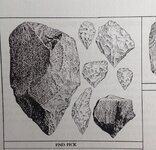
This photo was taken at one of the quarry sites. It shows bowl forms still attached to the soapstone ledge...

This illustration gives you an idea of how the bowls were created:

Here is one of the bowl forms, found in a corn field located a few miles, as the crow flies, from the largest quarry in the area. This was probably going to be a shallow dish, and who can say why it was abandoned:



The end pick was a crude tool, fashioned quickly, and likely worn out just as quickly, and used to quarry soapstone, as well as craft the finished products of the soapstone industries:

Amazon Forum Fav 👍
Last edited:
Upvote
0


